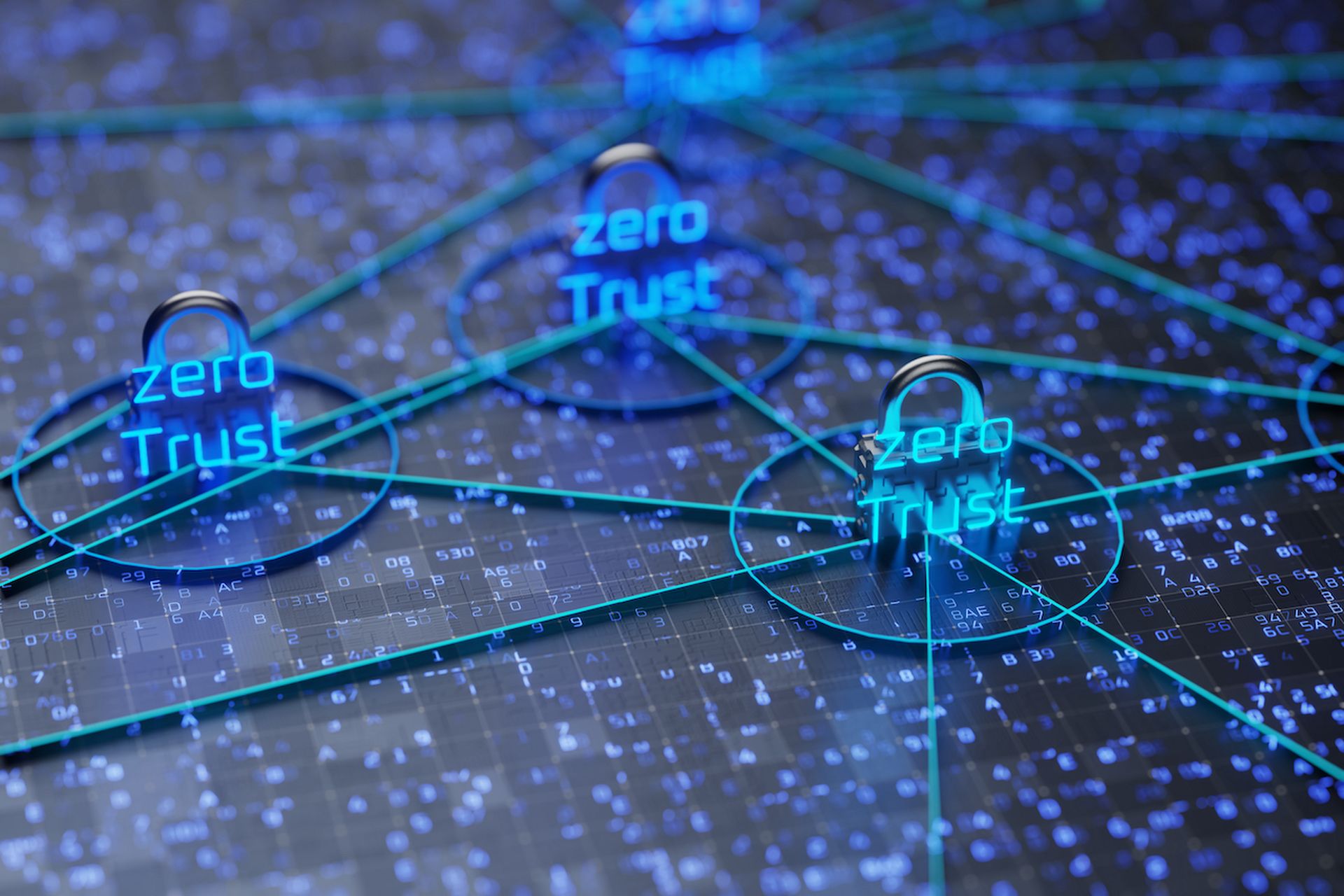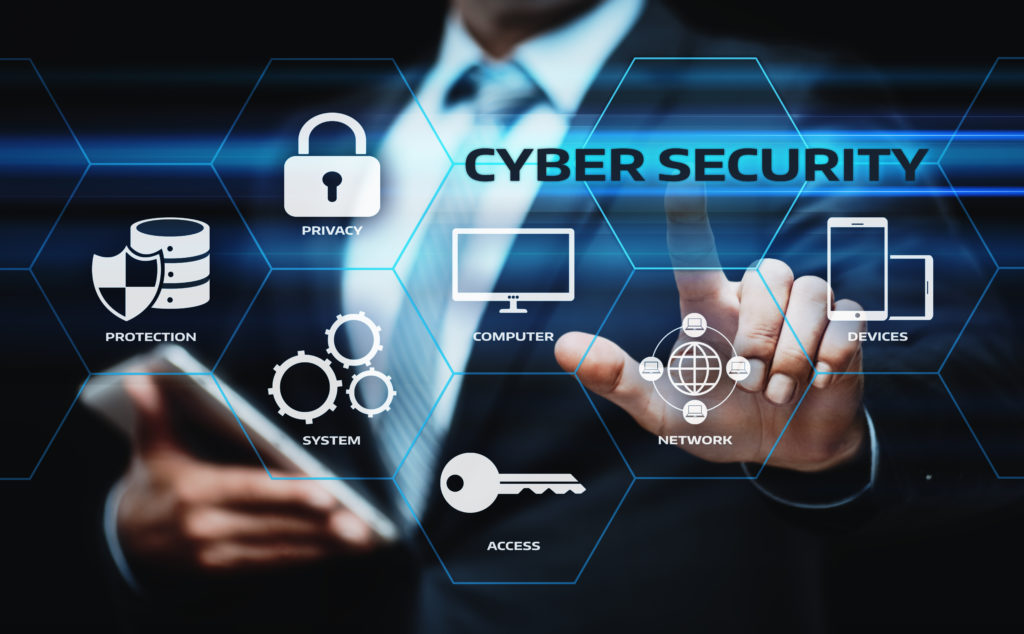How Data Cyber Security Protects Your Organization from Emerging Threats
How Data Cyber Security Protects Your Organization from Emerging Threats
Blog Article
The Vital Function of Data and Network Safety in Safeguarding Your Information
In a period where information breaches and cyber threats are significantly prevalent, the value of robust data and network security can not be overstated. Organizations must not only shield sensitive details but also guarantee compliance with developing regulative requirements. The application of efficient safety procedures, such as file encryption and gain access to controls, is important to preserving depend on and operational stability. The landscape of cyber dangers is continuously shifting, elevating concerns about the competence of existing methods and what new approaches might be required to remain in advance of potential threats. What exists ahead in this intricate safety atmosphere?
Understanding Data Protection
In today's digital landscape, a frustrating majority of companies grapple with the intricacies of data safety and security. This critical element of infotech entails safeguarding delicate data from unauthorized accessibility, corruption, or theft throughout its lifecycle. Data safety encompasses different approaches and technologies, including security, access controls, and data masking, all focused on guarding information against violations and susceptabilities.
A fundamental element of information protection is the identification and classification of data based upon its level of sensitivity and importance. This classification assists companies prioritize their protection initiatives, allocating resources to safeguard one of the most essential details efficiently. Additionally, carrying out durable plans and treatments is important to ensure that employees comprehend their function in keeping data safety.
Routine audits and assessments aid in recognizing possible weak points within an organization's information security structure. Additionally, employee training is vital, as human mistake remains a considerable consider information violations. By cultivating a culture of protection understanding, organizations can minimize threats connected with expert dangers and negligence.
Importance of Network Safety And Security
Network security stands as a cornerstone of an organization's total cybersecurity technique, with approximately 90% of companies experiencing some kind of cyber threat over the last few years. The relevance of network safety lies in its capacity to secure sensitive details and preserve the integrity of service operations. By guarding network facilities, organizations can protect against unauthorized accessibility, data violations, and other destructive activities that can endanger their properties and track record.
Executing durable network safety and security gauges not only assists in mitigating risks however additionally promotes trust fund among customers and stakeholders. When clients are ensured that their personal and monetary info is secure, they are most likely to engage with the company, bring about enhanced client commitment and company development.
In addition, a well-structured network safety and security structure promotes compliance with different regulative needs. Organizations must comply with market criteria and legal mandates concerning data defense, and reliable network security practices can make sure conformity, therefore avoiding potential charges.

Typical Cyber Threats
Organizations have to stay vigilant versus a variety of cyber dangers that can undermine their network protection efforts. Amongst one of the most typical hazards is malware, which includes infections, worms, and ransomware that can disrupt procedures, steal information, or hold information captive. Phishing attacks, where malicious actors pose relied find here on entities to trick people right into revealing delicate details, proceed to expand in refinement, making individual education and learning vital.
Another common hazard is distributed denial-of-service (DDoS) assaults, which overload systems with website traffic, rendering them unavailable to legit customers. Insider dangers, whether willful or unintentional, pose considerable dangers as staff members might inadvertently subject delicate information or purposefully exploit their access for harmful functions.
In addition, susceptabilities in software program and hardware can be exploited by cybercriminals, highlighting the significance of routine updates and patch administration. Social design methods better complicate the landscape, as enemies adjust people into divulging confidential information through psychological control.
As these risks develop, companies need to preserve a positive technique to recognize, alleviate, and react effectively to the ever-changing cyber risk next landscape, protecting their important info and preserving trust fund with stakeholders. fft pipeline protection.
Ideal Practices for Defense
Implementing robust security steps is crucial for securing delicate info and preserving operational stability. Organizations ought to begin by conducting comprehensive risk assessments to identify vulnerabilities within their systems. This proactive strategy makes it possible for the prioritization of safety efforts tailored to the details demands of the organization.
Adopting solid password plans is necessary; passwords ought to be intricate, consistently altered, and managed making use of protected password management devices. Multi-factor authentication (MFA) includes an extra layer of protection by needing added verification approaches, thus lowering the risk of unapproved access.
Routine software updates and patch monitoring are important to protect against recognized vulnerabilities. Carrying out firewalls and invasion discovery systems can further protect networks from exterior threats. Worker training is just as important; personnel needs to be educated on acknowledging phishing efforts and understanding the significance of information protection protocols.
Data file encryption must be used for delicate details, both at remainder and see this en route, to ensure that even if data is intercepted, it remains inaccessible (fft pipeline protection). Companies need to establish and frequently test incident action plans to guarantee quick activity in the event of a security violation. By sticking to these finest techniques, organizations can enhance their safety posture and safeguard their crucial information assets
Future Trends in Security
The landscape of information and network security is constantly developing, driven by improvements in modern technology and the enhancing class of cyber dangers. As organizations progressively take on cloud computer and IoT devices, the paradigm of security will certainly move towards a zero-trust version. This technique highlights that no entity-- outside or inner-- is inherently relied on, mandating confirmation at every accessibility factor.
Additionally, making use of expert system and maker learning in protection procedures gets on the rise. These modern technologies enable anticipating analytics, allowing organizations to recognize vulnerabilities and possible threats prior to they can be manipulated. Automation will likely play a critical duty in improving safety responses, minimizing the moment taken to reduce violations.
Additionally, regulative structures will certainly continue to tighten, requiring extra strict compliance actions. Organizations must stay abreast of progressing laws to ensure they meet safety criteria.

Verdict
In conclusion, the importance of information and network protection can not be overstated in the contemporary digital landscape. With the occurrence of cyber hazards and the increasing complexity of regulative demands, companies have to take on comprehensive safety and security procedures to shield delicate details.
In a period where data breaches and cyber threats are increasingly common, the value of robust data and network safety can not be overemphasized. Information safety includes numerous methods and modern technologies, consisting of security, gain access to controls, and information masking, all aimed at protecting info against breaches and vulnerabilities.
A basic facet of information safety is the recognition and category of information based on its sensitivity and significance.The landscape of data and network security is continually advancing, driven by innovations in modern technology and the boosting elegance of cyber threats.In conclusion, the value of information and network safety and security can not be overstated in the modern electronic landscape.
Report this page